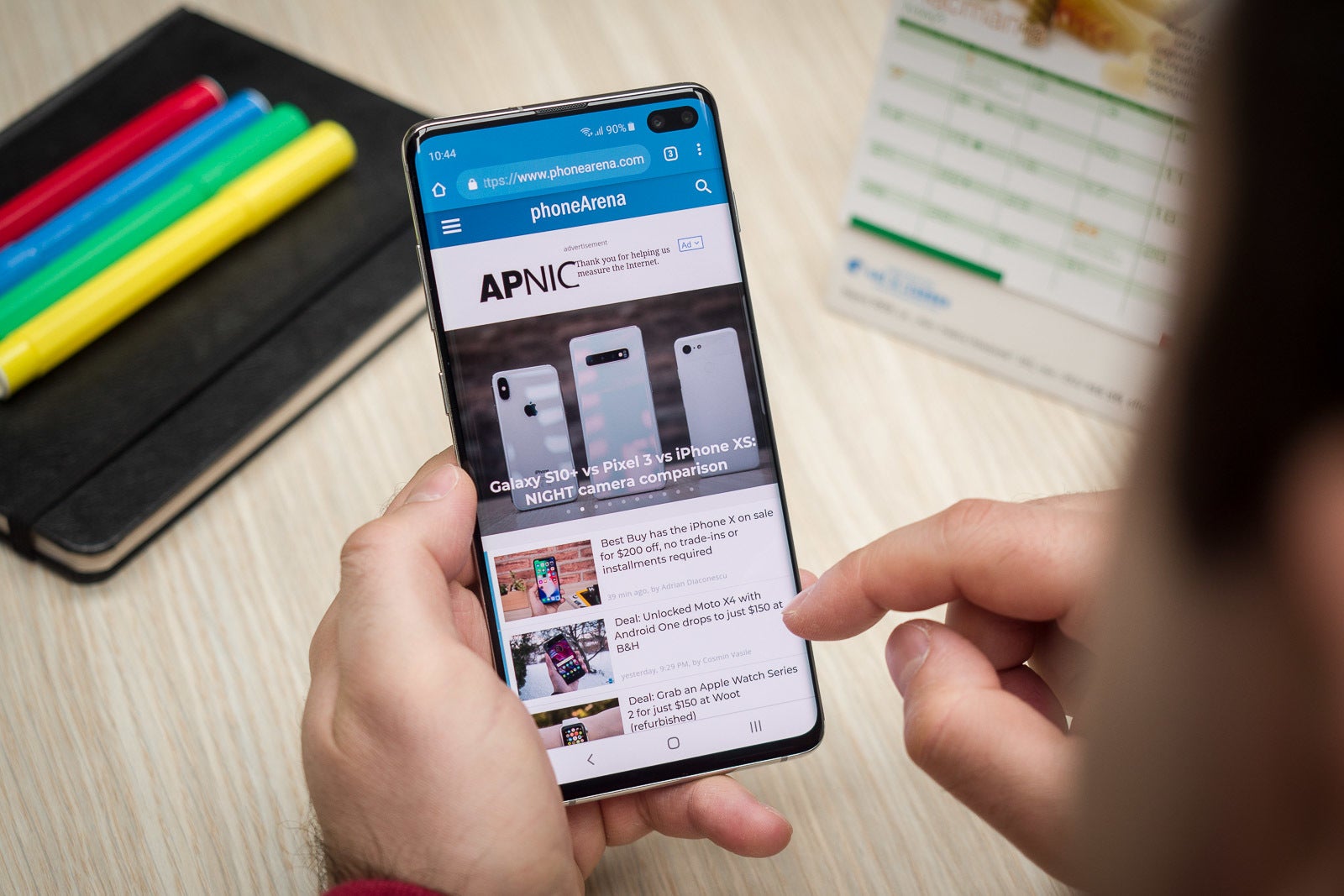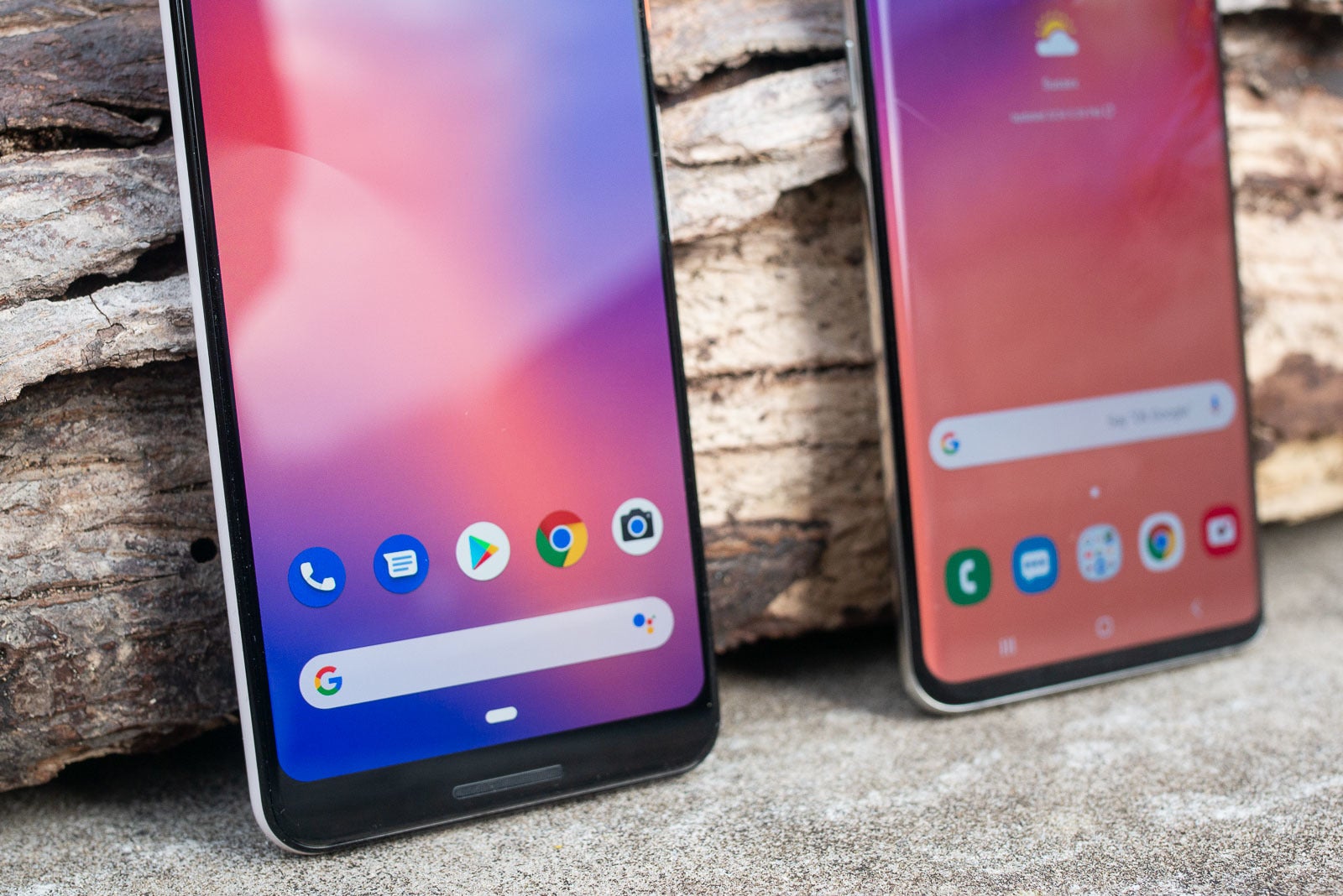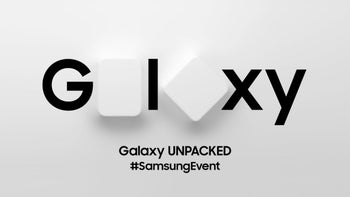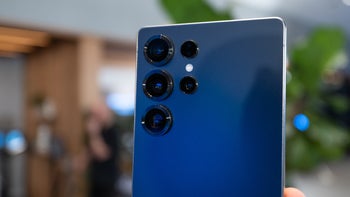Versus: For and against curved edge smartphone displays
This article may contain personal views and opinion from the author.

The display is arguably the most important part of a smartphone. With text messaging pushing away calls as the main way of communicating and video becoming the go-to entertainment on your mobile device, the screen largely determines if you'll have a good time or not. A few years ago, Samsung decided to introduce a new type of display – one with curved edges.
The shape allowed for display borders to become thin and almost unnoticeable, giving the phones a sleek and eye-catching look. At the time, this design approach was little more than an experiment, but it quickly became the part of what Samsung's flagships are known for. Nowadays, more and more manufacturers are going for curved displays on their premium models. However, not everyone finds the curves attractive, including some members of our team. So we decided that our second Versus article will be about the pros and cons of curved edge displays. Now let's see what each side has to say!
In defense of curved edge displays

Peter Kostadinov
Still… I’m convinced that curved screens are an acquired taste that slowly grows on you as you use the device.
The aesthetics of a curved screen have grown on me – they really help elevate the premium feel of a device, giving it that super-sleek futuristic look that I love. It also creates the illusion of a slimmer device, which is certainly a desired effect these days. Additionally, thanks to curved screens, we’ve had that bezel-minimizing effect on the sides of the phone, which I definitely like a lot.

Granted, those could be the only upsides of this controversial design element, and I admit that from a usability standpoint, devices with curved displays are not the very best ones out there.
Technically speaking, a curved display is not a prerequisite for Samsung’s edge-related functionalities as proven by the Galaxy S10e, but saying that this feature is mostly exclusive to such devices wouldn’t be that long of a shot.
Against curved edge displays

Georgi Zarkov

You can clearly see the reflection along the edge of the curved display
Which leads me to the next gripe I have with curved displays – they’re more vulnerable to damage. If you’re the type of user that is prone to drop things, such phones are your worse enemy. One fall at the wrong angle and it’s time for repairs. And as you might have guessed, these displays aren’t cheap either. Even if you don’t drop it, the bulged out shape of the display is more prone to scratches which are often enough to ruin your experience.
In a frustrating turn of events (at least for my camp), instead of this fad dying out, it’s only becoming more prevalent. Huawei’s latest flagships, the Mate 20 Pro and the P30 Pro now have curved edge displays as well and it appears that even OnePlus will jump on the trend with its OnePlus 7 Pro model. So in many cases, if you want the best a brand has to offer, you're stuck with a curved display. And while there are usually flat-screened alternatives, there's always some spec that's been downgraded, making that option inferior.
Follow us on Google News











Things that are NOT allowed:
To help keep our community safe and free from spam, we apply temporary limits to newly created accounts: